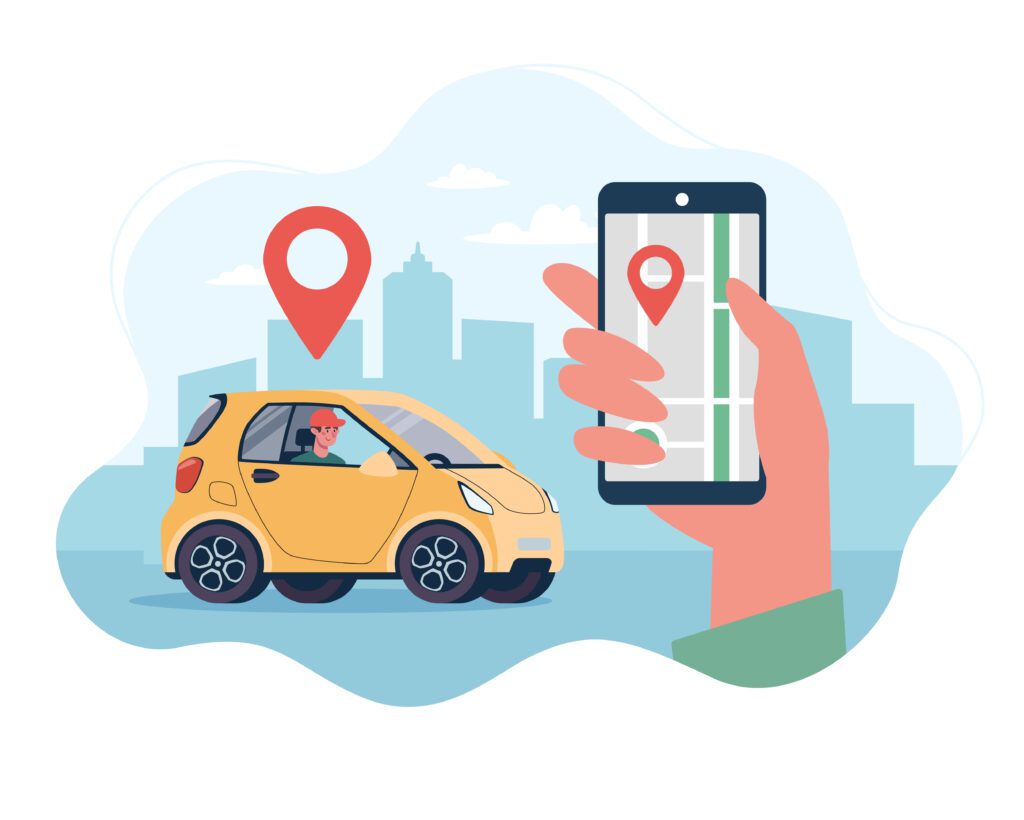Lyft’s media network has grown a lot in two years.
After launching in 2022 with in-car placements on tablets and out-of-home inventory on bike stations, Lyft rolled out in-app advertising, including display and video, last year.
And on Tuesday, the rideshare company announced a new slew of partnerships to boost its measurement capabilities for ads across its network.
These new partners include Foursquare for attributing in-store foot traffic, NCSolutions to help CPG brands connect exposures with purchase behavior and Kochava for tracking app downloads.
Lyft is also integrating with LiveRamp so advertisers can use their own first-party data to create audience segments within Lyft’s media network.
The purpose of these partnerships is to expand Lyft’s reach into new categories, including quick-service restaurants (QSR) and retail, Shane Dwyer, Lyft’s head of sales, told AdExchanger.
“We’re definitely seeing a lot of interest from those businesses to figure out not only how they can brand themselves but how they can get more people into their brick-and-mortar [locations],” said Dwyer.
The rider is always right
A typical Lyft experience lasts around 27 minutes, starting when a rider opens the app and ending when they exit the driver’s car. Riders check the Lyft app an average of six times en route and spend roughly five minutes interfacing directly with the app.
During that time, advertisers can reach riders through display and video ads in the app or via a tablet if the driver has one installed in their car. (Drivers with tablets receive extra compensation and are often tipped up to 13% more.)
These ads don’t usually appear until a rider has requested a driver. However, Lyft has experimented with prerequest ads and rewarded rides, which allow users to earn points or miles via the platform’s loyalty program, with positive results.
But Lyft is careful to track whether an ad placement degrades the user experience or turns a rider off from using the app in any way. If that happens, the team goes back to the drawing board, Dwyer said.
Owning a moment
Today, the Lyft Media Network primarily serves Fortune 500 brands and partners with large agency holdcos.
Of those, travel, restaurant and entertainment brands are starting to lean in more aggressively as a way to own “major moments” during which the Lyft app sees significant spikes in usage, such as during holidays or sporting events.
A venue, for instance, might want to target concertgoers within a particular city to market a specific show happening there later that week.
It’s less about targeting audiences based on demographics, Dwyer said, and “more about a moment in time that a marketer really wants to participate in.”
As a real-world example, Lyft worked with several brands to create advertising opportunities in the Flushing, Queens area during this year’s US Open Tennis Championships.
Driving better performance
Moving forward into next year, Lyft Media plans to build self-serve functionality for small businesses owners, which would open up more opportunities for regional advertisers.
Additionally, the team still has to drill down on important planning elements, such as which categories of advertisers they’re going to start considering as endemic to Lyft’s branding.
But as with every media network, success comes down to how much inventory is available combined with targeting capabilities, which is why Lyft is focused on creating more opportunities to use Lyft’s audience data – whether within the Lyft platform itself or through an advertiser’s DSP of choice.
“The one question that we do continually hear is, ‘I love your audiences, but how do I go find more?’” Dwyer said.













